
How to Scale Your Account-Based Marketing (ABM) Efforts Faster
There’s no double that Account Based Marketing (ABM) is hot amongst B2B marketers. Everyone is talking about it.
After all, who doesn’t want larger deals, better close rates, and more loyal customers?
I know there are a few definitions out there for Account Based Marketing, but we define it as a go-to-market strategy that coordinates personalized marketing and sales efforts to land and expand target accounts.
Let’s break that down:
- ABM is a GTM strategy: it’s a fundamental business strategy to drive revenue, not a simple campaign or tactic.
- ABM is personalized: it’s built on account-specific insight, content, and messages for maximum relevance and resonance.
- ABM is for both Marketing and Sales: it’s led by Marketing in close collaboration with Sales.
- ABM is used to land and expand: it’s about driving business at new accounts and expanding within existing accounts, opening doors, and deepening engagement.
- ABM involves target accounts: it focuses more resources on your most valuable accounts.
For a full breakdown of this powerful strategy check out The Clear and Complete Guide to Account Based Marketing, 2nd Edition.
One of the first questions we get from teams making the transition from traditional demand gen to ABM is “how do I balance to two strategies?”
There’s no hard and fast rule about what percentage of your programs should be dedicated to ABM versus demand generation.
Instead, think of it as a spectrum.
On one end are companies selling to the Fortune 100. The vast majority of their efforts are going to be focused on ABM.
On the other end are companies selling into the SMB market. The majority of their efforts are going to be focused on demand generation.
Most likely, you’re somewhere in the middle, so you’ll want to balance the two strategies.
In fact, 64.9% of companies are currently using a mix of ABM and traditional demand generation programs — 27.0% use demand generation only, and 8.1% use ABM only (Engagio ABM Outlook Survey 2018).
How to Scale ABM with a Three-Tiered Approach
At Engagio, we prescribe to the tiered approach to ABM. If you are not familiar with this, a tiered approach enables you to scale your ABM:
- Strategic ABM: One-to-one ABM with a very limited number of accounts worth seven figures (or more) annually. This style of ABM directly engages strategic target accounts with the highest revenue potential — generally at least $1M a year and as high as $1B+.
- Scale ABM: One-to-few ABM for high-value accounts worth six-figures grouped into micro-segments. Scale style of ABM is for accounts that are strategic but don’t warrant top-tier investment — usually in the $100K to $1M annual potential range.
- Programmatic ABM: One-to-many ABM for five-figure accounts that are worth some customization and personalization. This style of ABM uses broad programs with light personalization and customization.
To put this more into perspective, here are some examples:
Strategic ABM: Onsite Executive Presentation/Workshop
For large deals that need a little help to cross the finish line, sending an executive onsite with your team to give an executive presentation can have a major effect.
In this example, our CMO, Heidi Bullock, accompanied the sales rep onsite to help sell the value of Engagio to Autodesk.
From one CMO to another, Heidi revealed exactly how Engagio used Engagio, which gave Autodesk the confidence to pull the trigger on the purchase.
- Stage: Bottom of the funnel
- Target: One buying center at Autodesk
- Play: Executive presentation
- Results: Closed one deal
ABM: Onsite Executive Presentation/Workshop
Scale ABM: Custom Web Page
Using powerful platforms like Uberflip allows you to deliver a personalized web experience with hand-picked content for your accounts.
With Uberflip’s templates, you can start to scale your efforts without having to use up all of your website designer’s time.
You can see in this example that we went beyond the personalized URL and header to create custom content specifically for Salesforce.
- Stage: Mid-funnel
- Target: One buying center at Salesforce
- Play: The ABM team built a custom page and filled it with relevant messages, customized content, personal videos, etc. specific to Salesforce.
- Results: Closed one deal
ABM: Custom Web Page
Programmatic ABM: Build Buyer Relationships Play
The most forward-thinking organizations are using video to stand out in the noise. However, you must utilize personalization in order to get results.
Our favorite tool for this is Vidyard.
The Vidyard platform customizes the content and delivers a video that looks like it’s just for a single prospect, when in reality, this is going out to thousands of accounts.
- Stage: Mid-funnel
- Target: Director of Marketing and above at all target accounts
- Play: Once your data is clean and your list is segmented, launch your Vidyard video!
- Results: 4.1x increase in response rates.
ABM: Build Buyer Relationships Play via Videos
How to Leverage Technology to Scale ABM
ABM is not a tactic, tool or campaign, but rather an entire go-to-market strategy.
A tool doesn’t make a strategy.
You must put strategy first, then figure out which tools, tactics, and campaigns will best support that strategy.
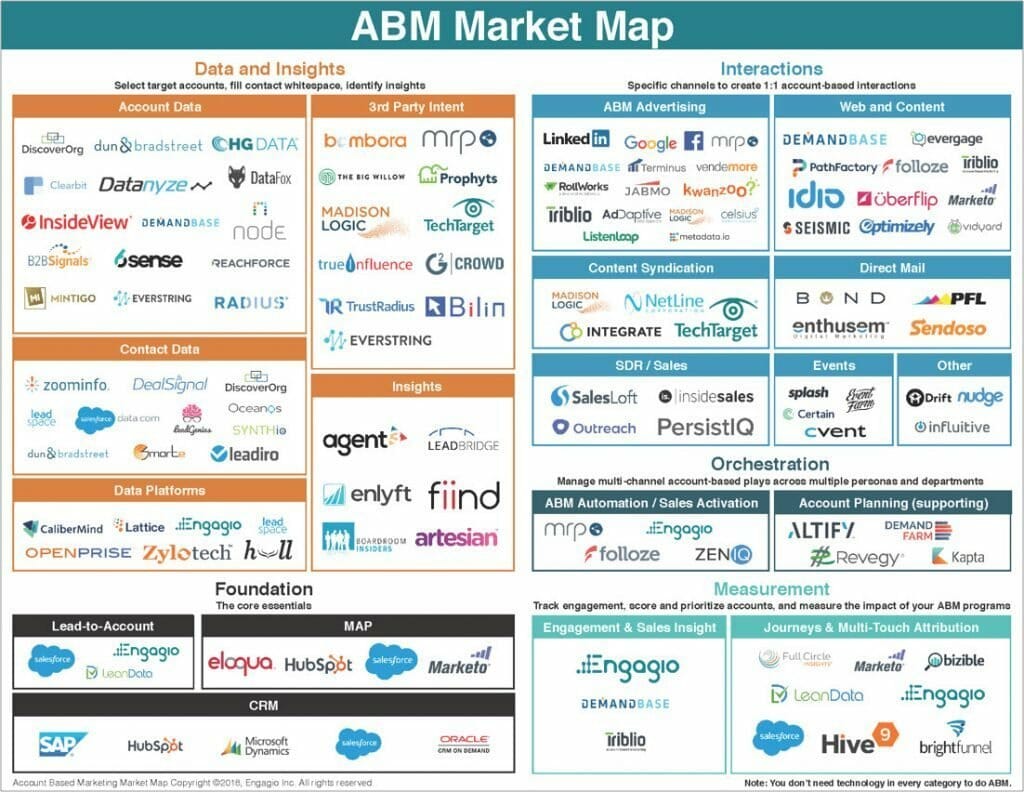
However, you don’t need to buy technology from each category to do Account Based Marketing!
You can dip your toe in the water with a relatively modest investment in new technology, and then add more solutions to help scale over time.
Leverage Current Technology
Remember, a core tenant of ABM is delivering a personal, relevant message to a defined audience. It’s not about blasting a message out to as many people as you can.
In other words, you must put quality over quantity.
The mindset of the past had lad us to use technology in a way that will help us reach the maximum number of people.
The thought process was as follows:
- What do we want to say? (offers)
- Where should we say it? (channels)
- Who should we say it to? (segments)
However, it doesn’t have to be like that. We can use our current technology in a new way by flipping that process.
The new thought process should be:
- Who should we say it to? (segments)
- What should we say? (content)
- Where should we say it? (channels)
You’re not reaching as many people, but you’re reaching the right people. Again, this can all be accomplished using your current technology.
Set Your ABM Foundation
That said, true ABM is very hard to do without certain technologies.
Here are the additional foundational technologies you need for ABM (assuming you already have a CRM and marketing automation software):
- Lead-to-account matching (L2A): This lets you take each lead and identifying which Account he or she should be part of, and then using that data for analytics, routing, scoring, and so on.
- Engagement measurement: This helps you answer the question “are the right people at the account spending time with your company, and is that engagement increasing over time?”
- Play orchestration: This allows you to be proactive and coordinate a series of personalized interactions that span the entire customer journey. All customer-facing teams participate in activities to drive the right business outcomes at key accounts.
Determine and Fill in Your Gaps
As you can see in the ABM market Map, there are a lot of other categories that we haven’t talked about.
Depending on your organization, your market, your team, etc., you will have to determine which remaining technology you will need to help you execute your ABM.
I recommend going through each category and determining which will help you execute on your strategy. In The Clear and Complete Guide to Account Based Marketing, 2nd Edition, I’ve laid out the critical things to look for when evaluating vendors in each category.
In Conclusion
ABM continues to deliver a higher ROI than other marketing activities (according to 87% of B2B marketers), and it only gets better over time.
The ITSMA study found that companies with ABM programs running for more than two years were twice as likely to see higher ROI.
Though the best time to start your ABM program was over two years ago, the second best time is now.
The post How to Scale Your Account Based Marketing Efforts Faster appeared first on B2B Lead Blog.

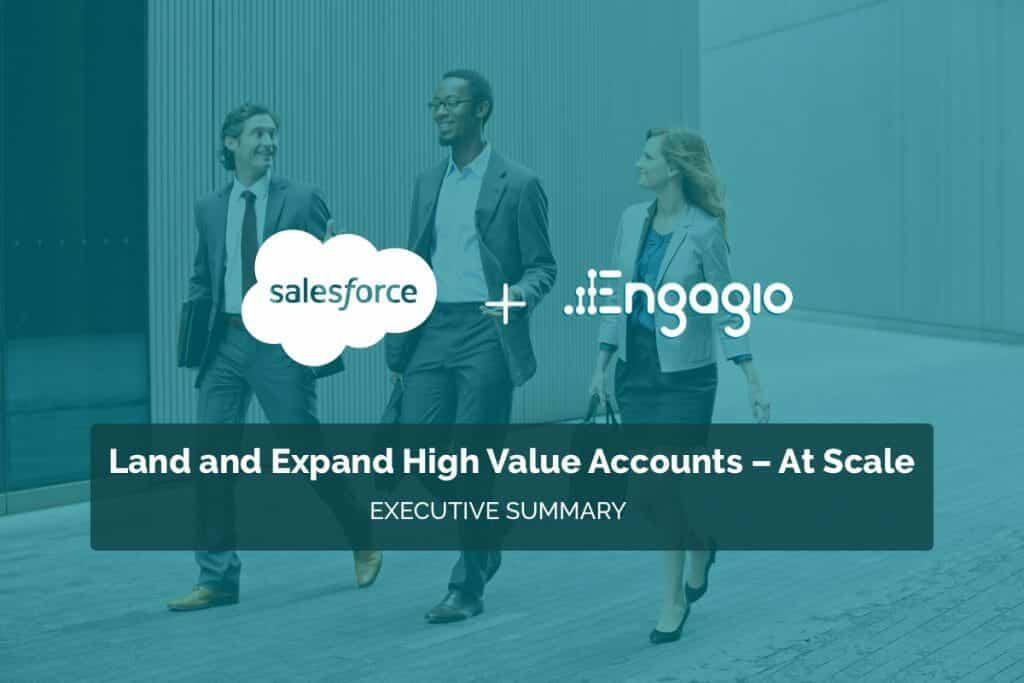
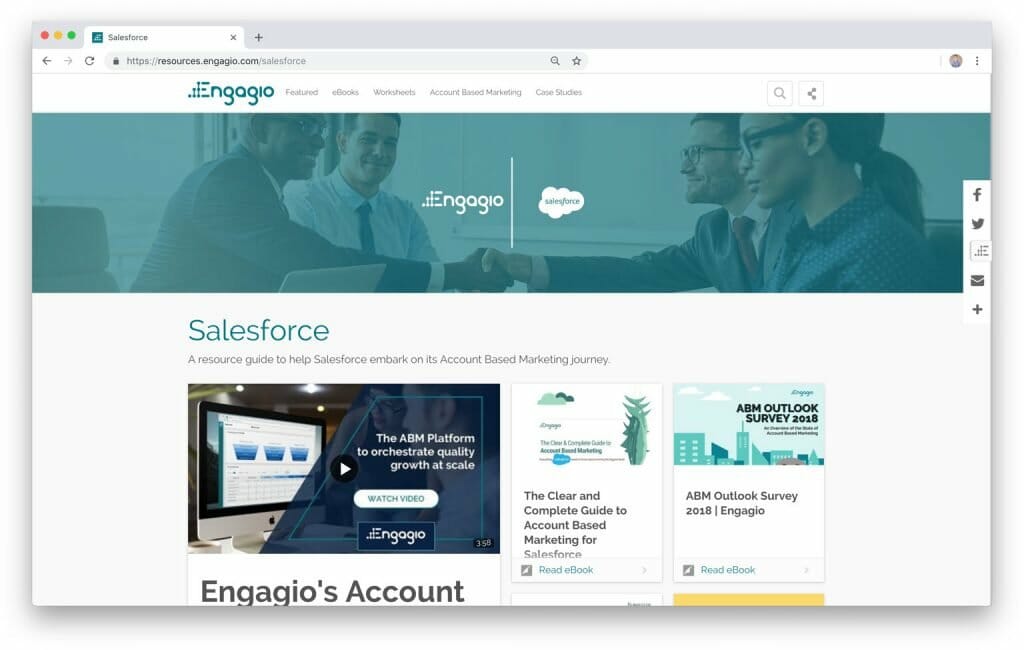
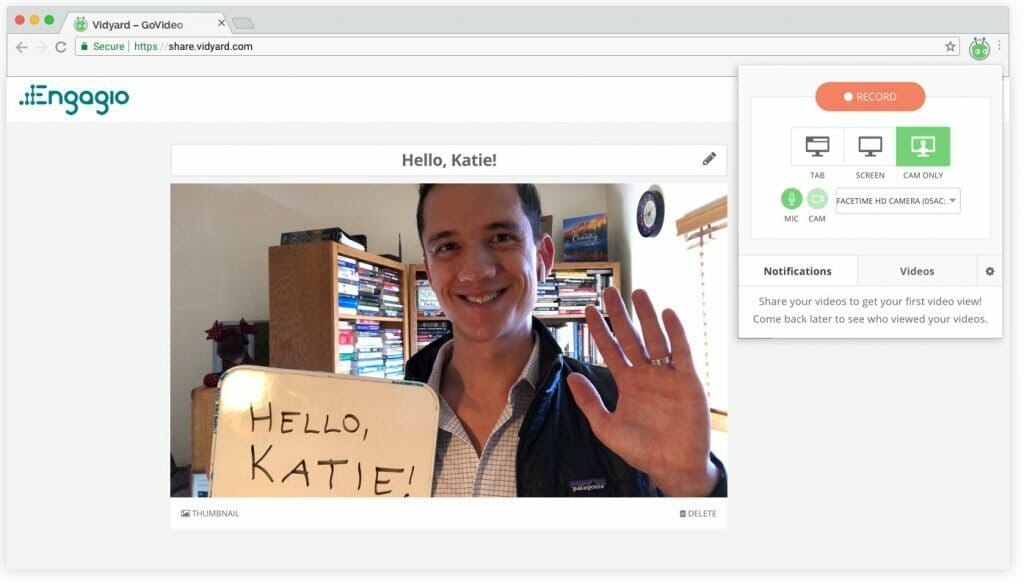
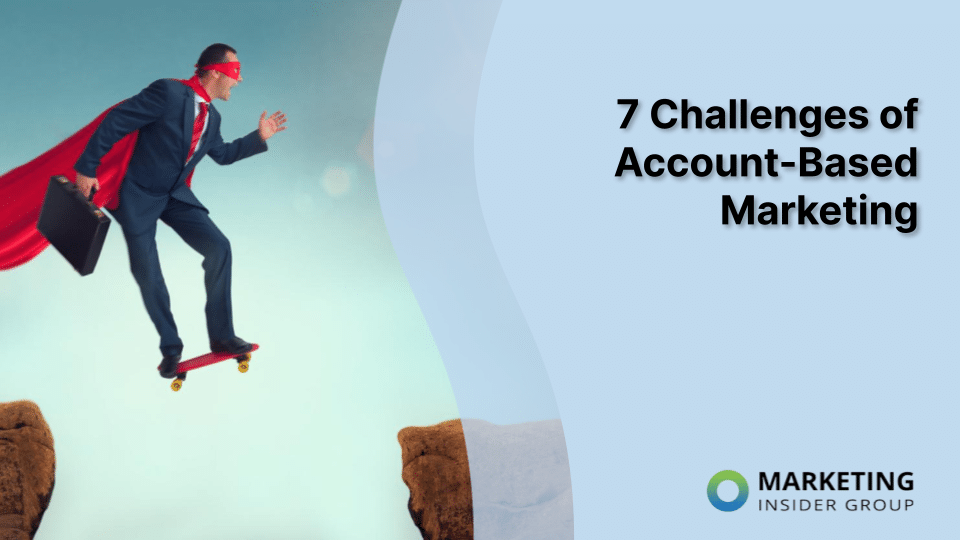





Love the point about strategy v. tactics. “Strategy” is a term used so loosely these days, and often conflated with tactics, that it’s really important to highlight the difference.
Jon raises some great points about contact & account data and insights. That space is changing very quickly with the advent of 3rd party intent data that provides insight into the specific individuals taking action across the internet. That’s got huge implications to ABM (not to mention complex sales and churn reduction) as the Venn diagram of data sources and capabilities quickly shifts.